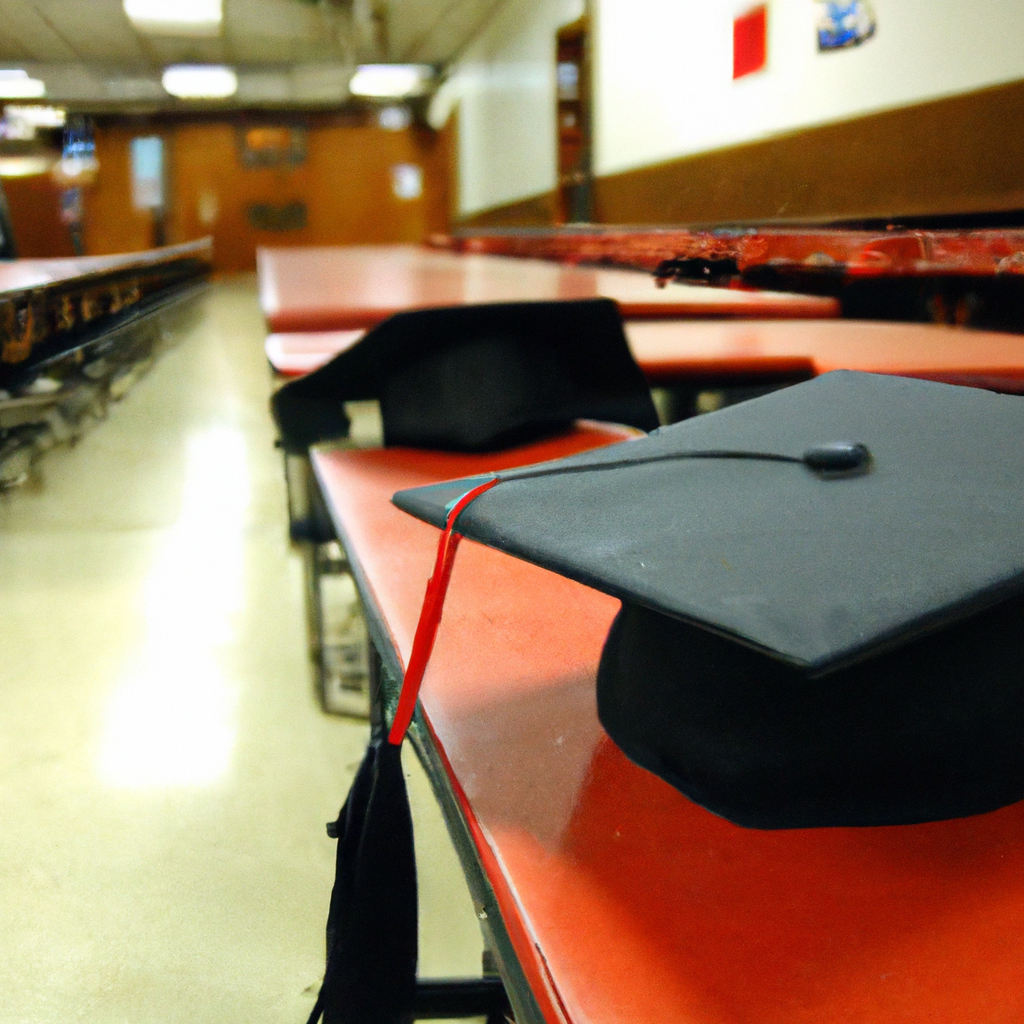Texas, renowned for its vast landscapes and vibrant culture, often finds itself in the spotlight for numerous reasons. However, amidst the towering skyscrapers and bustling cities, a question arises – is Texas an educated state? With its burgeoning population and diverse demographics, the educational landscape of the Lone Star State is a topic of great interest. To truly comprehend the educational prowess of Texas, one must explore the various facets of its academic infrastructure, from the successes and challenges of its K-12 system to the esteemed higher education institutions that dot its sprawling terrain. By delving into these aspects, a comprehensive analysis of Texas’ educational landscape can be undertaken, shedding light on the state’s educational proficiency and potential areas for improvement.

Education in Texas
Texas is one of the largest and most populous states in the United States, and as such, it places great importance on providing a quality education for its residents. Education in Texas is divided into two main categories: K-12 education for students in kindergarten through 12th grade, and higher education, which encompasses public and private universities as well as community colleges. In recent years, Texas has faced several challenges in its education system, but it has also implemented initiatives to improve the quality of education for its residents.
K-12 Education in Texas
Overview
K-12 education in Texas is governed by the Texas Education Agency (TEA), which oversees curriculum standards, teacher certification, and other aspects of education in the state. The state’s education system is decentralized, with local school districts having considerable control over the education of their students. Texas follows a traditional K-12 education model, with students progressing through different grade levels and subjects.
Standardized Testing
Standardized testing plays a significant role in the Texas education system. The State of Texas Assessments of Academic Readiness (STAAR) is the primary standardized test administered to students. These tests evaluate students’ proficiency in subjects like reading, writing, math, science, and social studies. Standardized testing aims to measure student performance, identify areas of improvement, and hold schools accountable for their educational outcomes.
Funding
Funding K-12 education in Texas is dependent on local property taxes and state funding. Each school district receives funds based on the property tax revenues collected in its jurisdiction, and the state provides additional funding to ensure equity among districts. However, the funding system has been subject to criticism, as it can create disparities between wealthier and poorer districts, leading to inequalities in resource allocation and educational opportunities.
Achievement Gap
Despite efforts to provide equal opportunities, Texas faces an achievement gap among its students. This gap refers to the disparities in educational achievement between different groups of students, such as racial and ethnic minorities, economically disadvantaged students, and students with disabilities. Addressing the achievement gap remains a priority in Texas, as closing these gaps is essential for ensuring all students have access to a quality education and can succeed academically.
Higher Education in Texas
Public Universities
Texas boasts a robust higher education system, with numerous public universities spread across the state. The University of Texas System, Texas A&M University System, and Texas State University System are among the most prominent public university systems in Texas. These institutions are known for their diverse range of academic programs and research opportunities, attracting students from within Texas and beyond.
Private Universities
In addition to public universities, Texas also has several prestigious private universities that offer a variety of undergraduate and graduate programs. These private institutions, such as Rice University, Southern Methodist University, and Baylor University, often have smaller student populations, allowing for more personalized education and close-knit communities.
Community Colleges
Community colleges play a vital role in Texas’ higher education system, providing affordable and accessible education for students of all backgrounds. These two-year institutions offer associate degrees, technical programs, and transfer pathways for students looking to continue their education at four-year universities. Community colleges serve as a stepping stone for many students, allowing them to gain valuable skills and credentials before pursuing advanced degrees.
Enrollment Rates
Enrollment rates in higher education institutions in Texas have shown positive growth in recent years. This increase can be attributed to various factors, including a growing population, increased emphasis on the importance of higher education, and the availability of financial aid programs. Efforts are being made to ensure enrollment rates continue to rise, providing more Texans with the opportunity to pursue higher education and expand their horizons.
Graduation Rates
While enrollment rates have increased, Texas still faces challenges in regard to graduation rates. The completion of a degree or certification is crucial for students’ future success and the workforce’s overall development. Improving graduation rates has been a priority for the state, with programs and initiatives targeted at supporting students throughout their educational journey and ensuring they complete their degrees in a timely manner.
Educational Rankings in Texas
National Rankings
Texas’ education system has received recognition on both national and international scales. In national rankings, Texas has been consistently ranked highly for its commitment to education, the quality of its universities, and innovative teaching practices. These rankings serve as a testament to the state’s ongoing efforts to provide a strong educational foundation for its citizens.
International Rankings
On an international level, Texas has also earned recognition for its education system. Its universities and research institutions have gained global prominence, attracting students and researchers from around the world. The state’s commitment to international collaborations and partnerships has further enhanced its standing in the field of education.

Challenges for Texas
Teacher Shortages
Like many states, Texas faces a shortage of qualified teachers. The demand for teachers is high, particularly in rural areas and subjects like mathematics, science, and special education. As the population continues to grow, recruiting and retaining highly skilled educators is a challenge that Texas is actively working to address.
Budget Constraints
Budget constraints present another challenge for Texas’ education system. Providing sufficient resources to support quality education for all students requires significant financial investments. Managing budgets and ensuring equitable distribution of funds can be complex, but the state is continuously striving to allocate resources effectively and efficiently.
Equity Issues
Ensuring equal access to quality education remains a priority for Texas. Students from disadvantaged backgrounds and marginalized communities may face additional barriers to receiving an excellent education, resulting in disparities in achievement and opportunities. Texas is actively working to address these equity issues by implementing policies and initiatives aimed at narrowing the gaps and providing equal educational opportunities for all students.
Initiatives for Improvement
Texas Education Agency
The Texas Education Agency (TEA) plays a critical role in improving education in Texas. The agency provides guidance and support to school districts, promotes best practices in teaching and learning, and develops policies to address current challenges. The TEA’s initiatives include professional development for teachers, innovative curriculum programs, and monitoring and evaluating educational outcomes.
College Readiness Programs
To address the gaps in college readiness, Texas has implemented programs focused on preparing students for higher education. Initiatives such as Advanced Placement (AP) courses, dual credit programs, and early college high schools allow students to earn college credits while still in high school, increasing their chances of success in higher education and beyond.
STEM Education Initiatives
Recognizing the importance of science, technology, engineering, and mathematics (STEM) education, Texas has prioritized initiatives aimed at fostering interest and proficiency in these fields. STEM programs, partnerships with industry leaders, and professional development opportunities for educators all contribute to creating a robust STEM education ecosystem in the state.
In conclusion, while Texas faces challenges in its education system, such as teacher shortages, budget constraints, and equity issues, the state is actively implementing initiatives to improve education at all levels. The Texas Education Agency, college readiness programs, and STEM education initiatives are just a few examples of the state’s commitment to providing quality education opportunities for its residents. By addressing these challenges and building on its strengths, Texas will continue its journey towards becoming an educated state that prepares its students for success in the 21st-century workforce.
